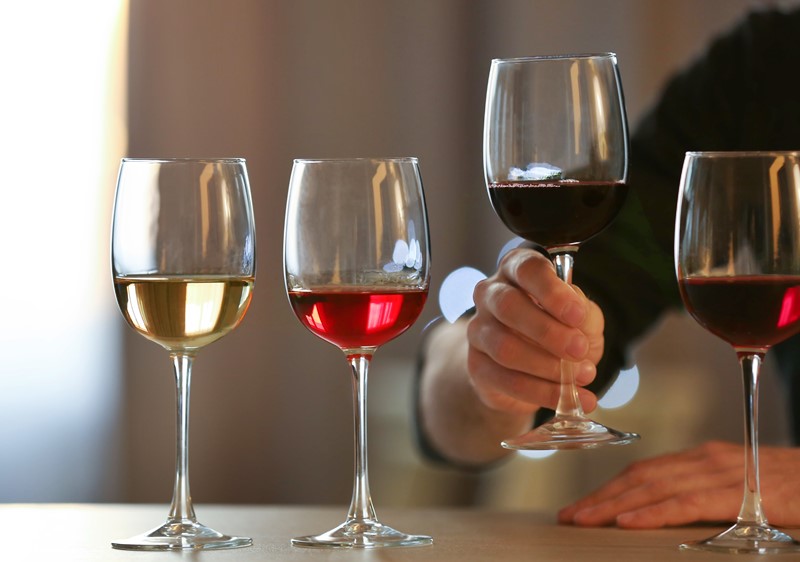
The world of wine, for the uninitiated and the connoisseur alike, can be a mystifying realm, brimming with intricacies. On one end, it offers an unassuming simplicity, reminiscent of bygone eras when one could merely request a glass of red or white wine without much ado. On the other, it presents a labyrinthine complexity, replete with nuances ranging from soil types to vinification techniques. This article delves into the transformation of the wine industry, elucidating its journey from clarity to complexity.
A Look Back: Wine's Simplistic Past
In the past, the act of enjoying wine was often devoid of complexities. Patrons could saunter into a café in Paris, an osteria in Florence, or even a restaurant in New York, and simply ask for a glass of red or white. The act was simple, direct, and devoid of the intricate layers that are commonplace today.
However, time has ushered in a renaissance of sorts in the wine domain. While the foundational options remain – red, white, occasionally rosé, and sparkling – today's palette is awash with hues and subtleties that require a nuanced understanding. From transparent whites to amber-toned orange wines, the choice has expanded, mirroring the industry's evolution over the past half-century.
The Diverse Landscape of Contemporary Wine
Over the last fifty years, the wine world has undergone a seismic shift. Not only has the industry witnessed the emergence of wines from newer regions, but established wine-producing areas have also seen innovations.
Take, for instance, the case of Gevrey-Chambertin in Burgundy, where in the 1970s, multiple grape growers would sell their produce to a single merchant, resulting in a homogenized wine. Fast forward to today, and these same growers now produce their unique renditions of Gevrey-Chambertin, each with its distinctive flair.
Palette of Modern Wines: A Brief Overview
- The Evolution of Whites: No longer reserved for the young, contemporary whites range from pale varieties aged in air-tight containers to deliver fresh fruity notes, to darker tones aged on lees or oak, bringing out a richer texture without overpowering woody notes.
- The Dawn of Orange Wines: These are white wines made using red wine techniques. The extended fermentation with pigmented skins lends them their unique color and perhaps tannins, making them distinctly grape-flavored.
- A Spectrum of Rosés: With an array of colors ranging from light onion hues to near-reds, rosés offer a taste profile from floral and citrusy to tannic and deep.
- Reds – Fruity vs. Robust: While traditional robust reds aged in barrels still hold their ground, there is a rising popularity for young, minimally-aged reds that are fruit-forward and pleasant.
- Sparkling Wines: From pét-nat, an ancestral method where fermentation completes in the bottle, to the traditional method reminiscent of champagne, to the tank fermentation seen in Prosecco, the sparkling category is diverse.
- Fortified Wines: These are wines intensified by adding alcohol during fermentation. Examples include Sherry, Port, Madeira, and Vermouth, each known for its flavor complexity and versatility in culinary uses.
The Dichotomy of Expansion: Boon or Bane?
This growth and diversification have sparked debates within the wine fraternity. While many hail the widening array, others yearn for a return to the simpler days, suggesting the pruning of esoteric varieties. Nonetheless, for a vast majority, the allure of wine lies in its intricate mosaic of offerings, each unique and enchanting. The epoch of merely choosing between "red or white" has receded into the annals of history.
Founded in 2007, Vinetur® is a registered trademark of VGSC S.L. with a long history in the wine industry.
VGSC, S.L. with VAT number B70255591 is a spanish company legally registered in the Commercial Register of the city of Santiago de Compostela, with registration number: Bulletin 181, Reference 356049 in Volume 13, Page 107, Section 6, Sheet 45028, Entry 2.
Email: [email protected]
Headquarters and offices located in Vilagarcia de Arousa, Spain.